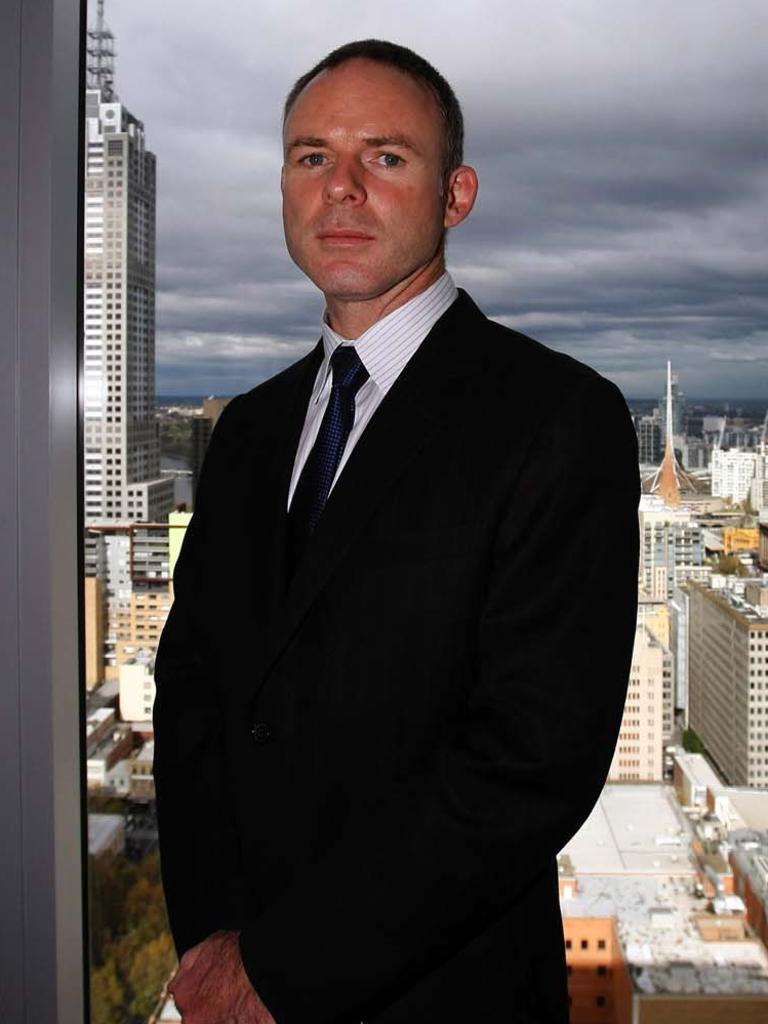How Rio Tinto’s Simandou mine is now a valuable iron ore asset

Their predictions proved correct for the next 10 years. And in the current decade again, Simandou will not be a serious challenge to either BHP or Vale.
But Rio Tinto replaced Vale at Simandou and stayed on even though the project looked hopeless. At the same time, Rio Tinto itself became a revolving door for chief executives, as the London management of the company kept making major mistakes.
When this week, Rio Tinto’s latest CEO Jakob Stausholm addressed the Melbourne Mining Club, he was careful not to parade Simandou as a challenge to Australia’s dominance of the global iron ore trade.
However, as Stausholm set out a carbon lowering agenda for his company and the steel industry, it became clear that in the decade starting 2030 — just seven years away — Simandou would become important on the world iron ore stage.
Accordingly, Australians need to understand what has suddenly turned an uneconomic African iron ore deposit into a potential long term rival. Originally, what attracted the world’s attention to Simandou was this huge mountain of high-grade iron ore that was very cheap to mine because there was no deep mining pit to manage.

But then came the instability of Guinea and the demand by the nation that the iron ore be railed some 600 kilometres from one end of the country to the other and that the community be able to use the rail line for non-iron ore goods and people. Guinea also wanted a big share of the action.
If the iron ore was railed a shorter distance to the nearest port, the economics would be transformed, but that meant passing through a neighbouring country and that was not on the Guinea agenda.
Although the economics did not add up, partly at the urging of the Chinese, Rio Tinto kept persisting and a remarkable but complex consortium was put together where Rio Tinto retained control but a series of leading Chinese companies were significant capital providers. Guinea stood its ground.
Almost certainly, Simandou would have remained dormant but for a fundamental change in the attitude of Chinese and other global steelmakers, who now want to substantially reduce and eventually eliminate the carbon involved in steel making.
The great iron ore and steel making booms starting in the 1960s saw Japan and then China centre steel making around hematite iron ore and coking coals, where Australia dominated the markets. The higher grade ores in places like Simandou carried no economic advantage.
But in low carbon steel making, the Simandou and other high-grade iron ore reserves are becoming more valuable.

The consequent increased value of Simandou ore changed the economics of the project, helped by the desire of the Chinese to foster a rival to Australia.
And so Simandou ore will be railed more than 600kms across the country to a port to be developed in Guinea near Matakong.
The task of constructing the rail line is being undertaken by a Chinese consortium on a fixed price basis. Rio Tinto will organise construction of the port and the mine.
The early years of Simandou production will be small, but the massive nature of the iron ore deposit and the fact that there will be a rail line and a port will almost certainly trigger increases in production during the 2030s.
Watching Simandou carefully will be Vale, which produces a similar high grade material in the northern parts of its operation in Brazil.
Here in Australia BHP is maximising its profitability by concentrating on hematite comforted by the large number of furnaces that China has erected that work best with hematite.
On current technology, Australian hematite ores are not well suited to green steelmaking because hematite often has impurities such as silica, alumina and phosphorous.
Unlike conventional steel furnaces, electric arc furnaces cannot tolerate those impurities, so new technologies must be found if Australia is to produce green steel using hematite.
Magnetite ore plus ores like Simandou on current technology are much more suited to electric arc furnaces.

In Australia, Fortescue’s $US3.8bn ($5.74bn) magnetite project is scheduled to deliver its first product this year and magnetite iron ore mines have been developed by Clive Palmer and Mineral Resources. Gina Rinehart is planning a magnetite mine near Port Hedland and has substantial magnetite at Mount Webber also in Western Australia.
On current technology, hydrogen is the key to substantially reduce the carbon required to produce steel from magnetite ores. Australia is looking at producing hydrogen from water, which is a very expensive process.
Rio Tinto has been looking closely at adding goethite ores which actually contain hydrogen, which is far cheaper than obtaining hydrogen from water.
Australia has goethite deposits that are free from asbestos at Mount Webber, plus other places. Goethite deposits also exist at Simandou.
The steel and iron ore industries of the 2030s and beyond will be very different to the past decades.





Some 10 years ago, BHP chief executive Marius Kloppers declared that Australia was safe from a major iron ore challenge from West Africa’s Simandou and other African iron ore deposits. BHP left the region, and its Brazilian counterpart, Vale, reached a similar conclusion and walked away from Simandou.